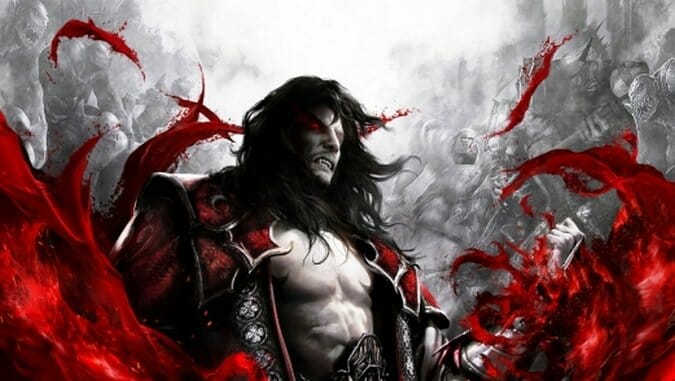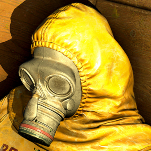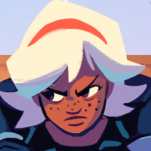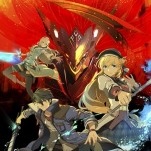Castlevania: Lords of Shadow 2 (Multi-Platform)

2010’s Castlevania: Lords of Shadow was a reboot of the then-twenty four year old franchise. Rebooting a franchise is inherently formulaic: Take some concepts from an old media property, rework it into a currently popular style, and turn the events of previous franchise entries into references for fans. Bonus points if even the unfamiliar can spot these references because they’re total nonsense in context.
Lords of Shadow 2 continues the Spanish developer MercurySteam’s take on the Japanese sidescroller interpretation of Victorian British xenophobic Eastern-Europe-is-Horrifying literature. The first is a post-God of War character action game, meaning a somewhat angry white man with a variety of weapons slices and climbs (sometimes slicing while climbing) his way through hordes of enemies of various sizes and shapes, usually mythological creatures badassed into blood and muscles and breasts and claws.
A twenty-minute or so tutorial/intro section follows that formula, complete with holy giant clockwork automaton that becomes a platform on which you fight. The automaton is part of a force of religious enemies who are attacking your castle because you are Dracula.
That’s the other thing that happened near the end of the first game: the protagonist, Gabriel Belmont, ended up becoming Dracula. This was a Big Deal because the story of the Castlevania series has generally been about Belmonts throughout history taking on Dracula. If a reboot can invert a major point of franchise lore, it will
The game’s story is a linear affair: Very little ground is retread as you move from plot point to plot point, highlighted on the minimap. You can choose to return to old areas once you’ve gained new abilities. Elemental projectiles allow you to make small modifications to the environment and allow access to miserable little piles of secrets that increase your life and magic bars.
See that “miserable little piles of secrets” above? That’s a reference! During that early tutorial section, Dracula says, “What is a man, but a miserable pile of secrets?” while watching the aforementioned giant automaton attack his castle. Which makes no sense because, well, he’s not asking what a giant automaton is. What Drac is doing, likely unknown to him, is quoting a line from the opening of 1997’s Symphony of the Night, a Playstation game that was itself a kind of reboot of Castelvania, turning it into a Metroid style exploration game.
It’s the first hint in Lords of Shadow 2 that the game genre blend you’re about to play is going to draw from a wider variety of sources than its predecessor. This game’s “new ability lets you access part of a general powerup” approach is more Legend of Zelda’s “find new heart pieces” than it is Symphony of the Night’s “well now you can get to the other side of that giant room because you can turn into a bat and oh look it’s a boss fight” nonlinearity.
One of the major additions to this game is its Infiltrations. Dracula’s still weak and so he does things like stand in the shadows and turn into a group of rats or shoot bats to distract enemies. It’s light stealth—enemies can’t see you when you’re rats or they’re swatting bats off a colleague. You don’t sit in place for twenty minutes while you memorize guard patterns.
It’s interesting that stealth shows up in this sequel. The original game’s development was “overseen” by Kojima Productions, maker of the Metal Gear Solid series which are all about the sneak. Whatever that oversight was, it’s gone now. Though the game still contains that other Kojima hallmark, very long cutsenes.
If you haven’t played Lords of Shadow or its 3DS and PSN and XBLA sequel Mirror of Fate, a fifteen or twenty minute cutscene follows the tutorial and brings you up to date, which just happens to be several centuries after the tutorial and a short amount of time after the final cutscene of the first game.
That cutscene sets up this sequel when Dracula’s former bro(therhood of Light member) Zobek tells him that Satan is about to return and then blasts him out a giant stained glass window into an electric-lit city full of cars and skyscrapers and apparently it’s the modern day.
-

-

-

-

-

-

-

-

-

-

-

-

-

-

-

-

-

-

-

-

-

-

-

-

-

-

-

-

-

-

-

-

-

-

-

-

-

-

-

-









































